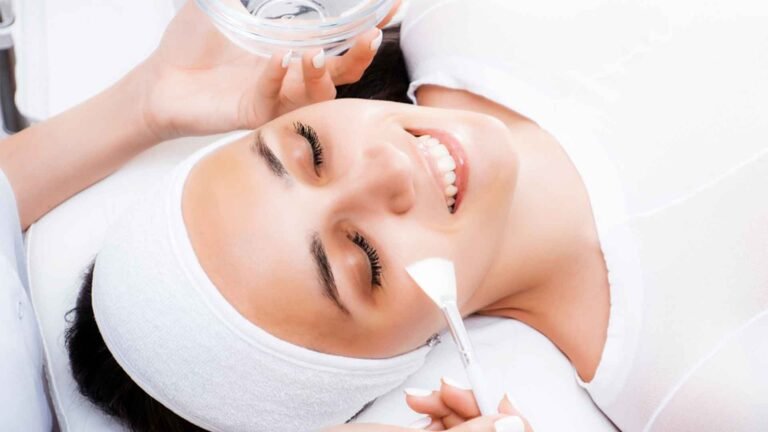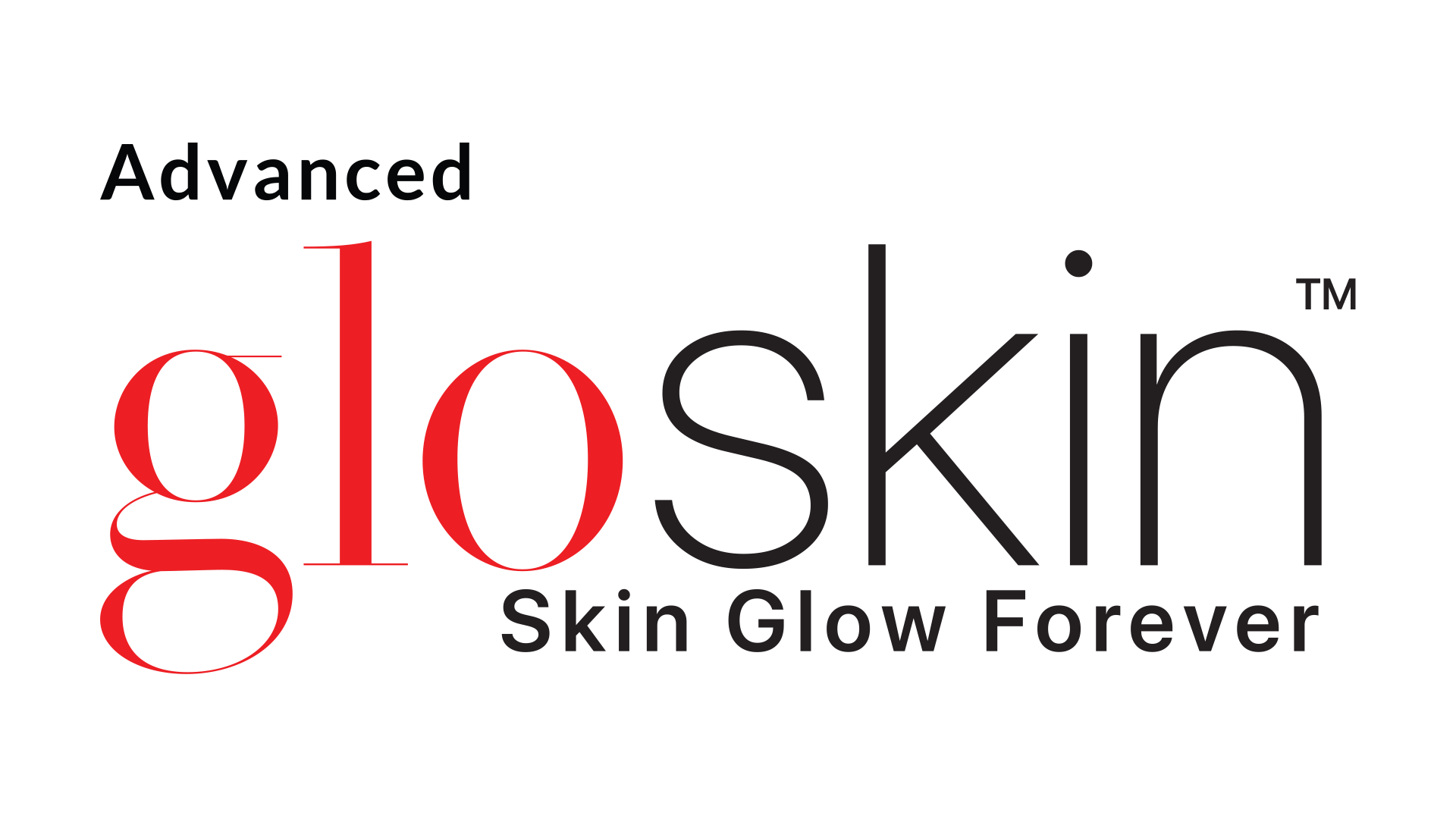
A chemical peel is a cosmetic treatment. Chemical peels are an incredibly versatile aesthetic treatment. Their effectiveness in the treatment of acne and acne scarring is beyond dispute.
But there are many different chemical peels available. Different chemicals, different strengths, different techniques—it can be difficult to know which treatment is going to give you the best result for your skin. And when acne is involved, it’s even more important to get a treatment designed to alleviate your symptoms rather than worsen them. Acne scarring will generally require a more intensive, medium, or deep chemical peel. Over-the-counter home peels, which are usually weaker for health and safety reasons, are unlikely to give your skin the degree of peeling necessary to affect the appearance of acne scarring.
There are two different kinds of acne scars – atrophic scars and hypertrophic and keloid scars.
Atrophic scars appear as dents in the skin, where the tissue beneath the skin has failed to regenerate.
Hypertrophic and keloid scars are raised, bumpy scars, caused by an accumulation of scar tissue in the affected area. Normal hypertrophic scars are the same size as the acne lesions that caused them. Keloids are larger, as increased collagen production around the edges of the scarringscar increases the size of the scar.
Mild hypertrophic scarring can be treated by chemical peels; however, for more prominent hypertrophic scars or keloids, laser treatment or dermatological surgery is considered a more suitable treatment.
For acne scarring, the most commonly recommended chemical peeling agent is glycolic acid. This has been proven to provide optimal results when used to treat atrophic acne scarring, reducing the differences in profile between the scarred area and the surrounding tissue.
Glycolic acid is also recommended for use with darker skin tones. It’s considered particularly effective in combination with lactic and mandelic acids (mandelic acid is also effective for anyone with larger pores).

